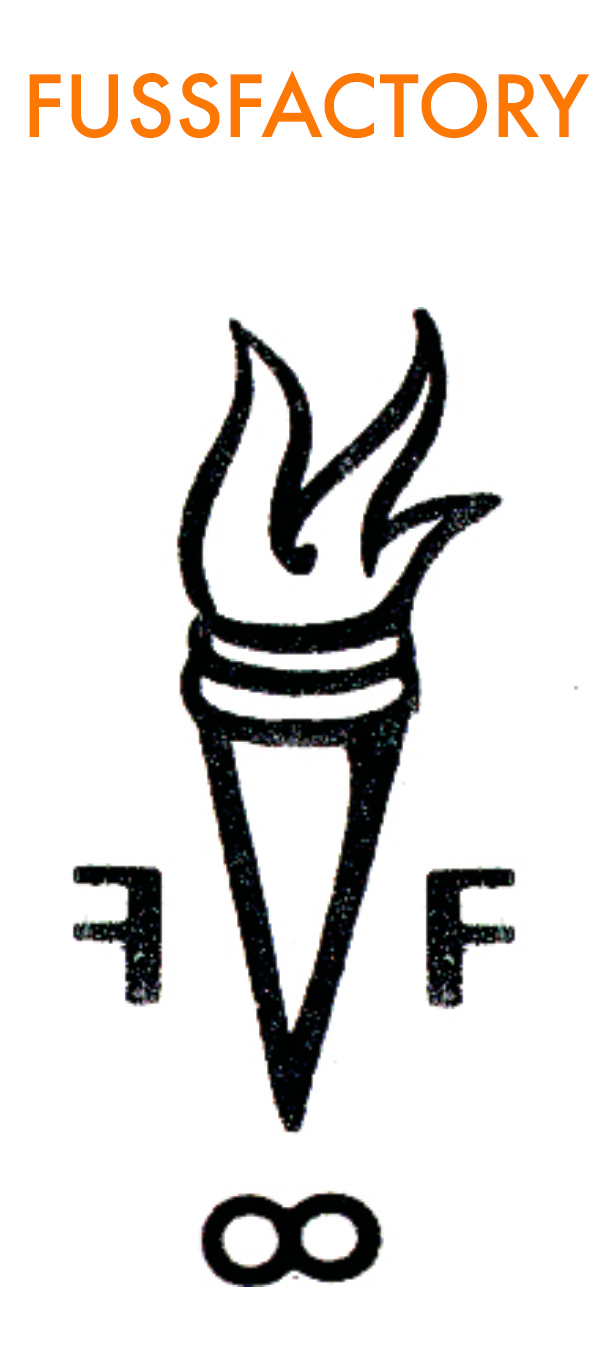#sparkchamber 122721 — Carol A Hill
Possibility is in the air and all through the #sparkchamber as we greet Lego® Serious Play® facilitator, Carol A Hill.
The word LEGO is an abbreviation of the two Danish words leg godt, meaning play well. That name has driven the company since its founding — in 1932 by Ole Kirk Kristiansen [ownership passing from father to son, now owned by Kjeld Kirk Kristiansen, a grandchild of the founder.] The company’s mission — to inspire and develop the builders of tomorrow — pulls this intention from present to future: LEGO play engages imagination and releases potential from the moment a child picks up their first brick.
The brick in its present form was launched in 1958, the interlocking tubes offering unlimited building possibilities. [The iconic LEGO brick has been named Toy of the Century — twice!] It’s just a matter of getting the imagination going — and letting a wealth of creative ideas emerge through play.
Lego® Serious Play® takes it to another level. This methodology uses LEGO bricks in workshops and trainings for adults to improve their creative thinking, develop problem-solving skills, help explore ideas, and achieve goals. Based on research led by Swedish organizational theorist Johan Roos who advocates that hands-on learning creates deeper insight of the world and its possibilities, the method is often used to enhance communication among teams. An innovative, experiential process, it deepens reflection and supports an effective dialogue for everyone.
Carol, in addition to being a mentor and certified Lego® Serious Play® facilitator, is an innovation and product development leader, and has over 20 years’ experience in the Educational Publishing industry, including nearly eight years in China as a teacher, author, and curriculum developer. She has an MA in TESOL [Teaching English to Speakers of Other Languages]. She also has “two children, two cats, too many books — and one husband that I met when we were both expats in Beijing in the early 2000s.” Just this week, she is in process of moving that family from the UK to Denmark to start a new role as Learning Director for Lego Education. What a great way to start the new year!
1.] Where do ideas come from?
I always tell my children that the best ideas will come to them when they are bored, when they turn off their screens and just allow themselves to be. And then the ideas do come, as does the laughter and the joy.
It’s true for adults as well — we need to allow ourselves to turn off our screens, be present in the moment, to take notice of things that are easy to ignore, be inspired by our surroundings. Be observant, curious, and playful, and the ideas will come.
2.] What is the itch you are scratching?
I like to make things better — whether it’s helping individuals to gain confidence through mentoring, enhancing products through iterative product development, helping create high performing teams through LEGO serious play, or helping organisations to become more agile and innovative through organisational change management, I’m driven by making an impact — big or small.
3.] Early bird or night owl? Tortoise or hare?
I work best when I have a full morning or day booked out to work on a project that needs thinking time. As a working mother of two, that rarely happens [!], so the alternative is to ask my lovely husband to give me a night off so I work into the early hours of the morning.
At the workplace, time management is key. I regularly go through my meeting invites and reflect on whether my attendance is vital and decline/delegate if it isn’t. I don’t believe in having meetings about meetings. I do believe in blocking time out to ensure that I’m spending my time on things that will make an impact. I start and end my day with the three top things I want to work on, and regularly review my to-dos to ensure I’m prioritising the right things.
To get into the flow, I need to clear my mind and my workspace. I like to keep my workspace tidy, ensure I have a hot cup of tea or coffee, review my to-dos and my calendar, and take breaks every few hours. A break might just be a cuppa/chat with a colleague or friend, a run around the local wetlands, or a few tunes on the piano.
4.] How do you know when you are done?
That’s a good question. It depends on what the stakes are and what the expected outcome should be. I work in product development and encourage my teams to go live with the minimal viable product so that we can start getting feedback from customers as early as possible. In real life, as a mother, I also need to be pragmatic. I ask myself questions like, “Is this good enough? Will it do the job?” If yes, then I’m done. There are other moments of course, where perfection is desired, in which case, I will do my homework, seek out feedback from others, scour over the details and revise until it is just right.


